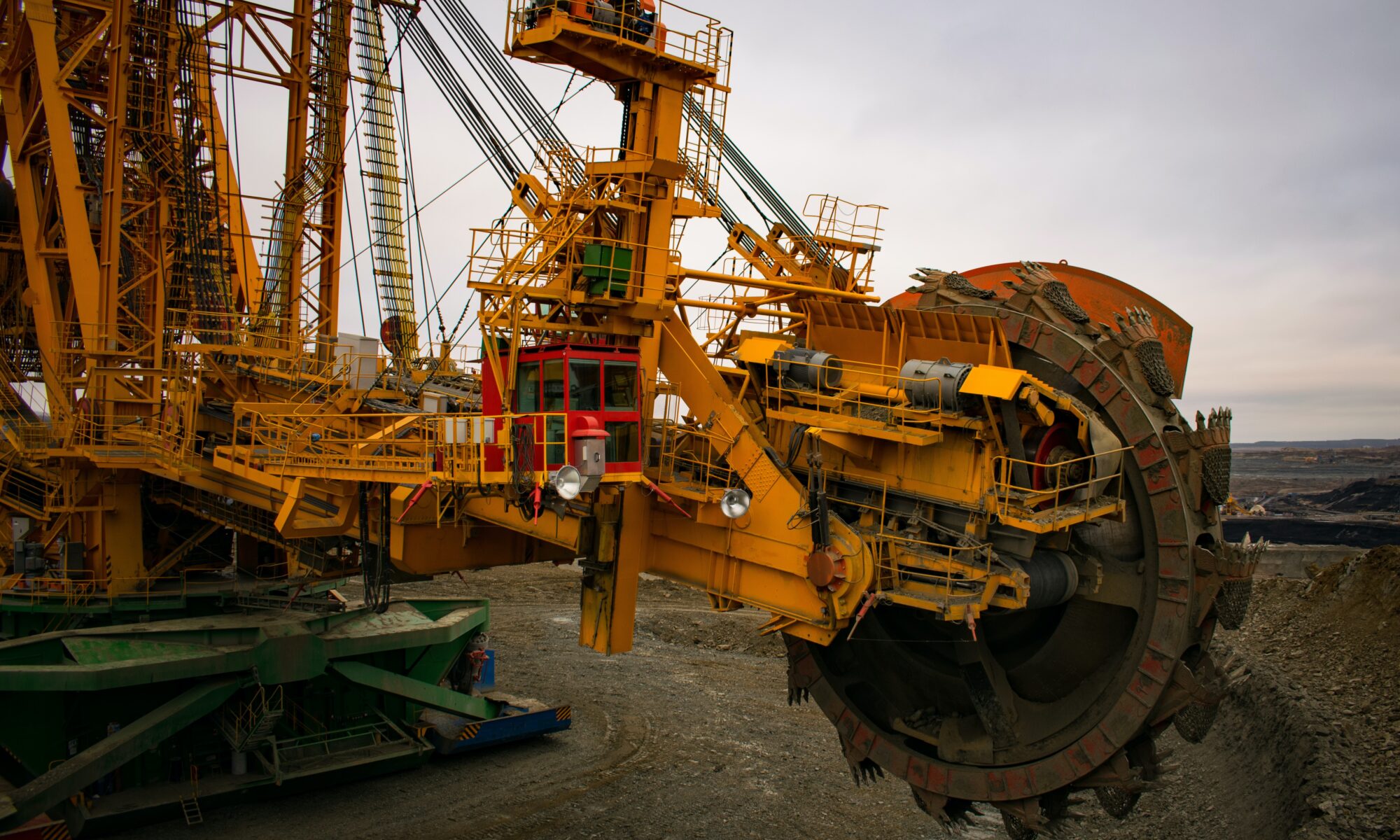Introduction
The sound of laughter and the sight of children playing are timeless indicators of joy and youthful energy. Playgrounds are magical places where children can explore, imagine, and challenge themselves in a safe environment. Central to these hubs of activity is the playground equipment—structures designed not only to entertain but also to encourage physical activity, cognitive development, and social interaction. The importance of selecting the right equipment cannot be overstated, as it significantly contributes to the formative experiences of our children.
The Evolution of Playground Design
Playgrounds have come a long way from the rudimentary swings and slides of the past. Modern playground equipment is the product of extensive research and innovation, focusing on safety, inclusivity, and developmental benefits. Designers now prioritize equipment that can cater to a wide range of abilities, ensuring that all children, regardless of their physical capability, have the opportunity to play and learn alongside their peers.
From climbing structures that enhance motor skills to interactive panels that spark creativity, play equipment is designed to support the diverse ways in which children play. In addition, advances in materials and construction mean that today’s playgrounds are more durable and environmentally friendly than ever before, with many pieces made from recycled materials or sourced from sustainable forests.
Safety Standards and Considerations
Safety is paramount when it comes to playground equipment. Rigorous standards and guidelines have been established to minimize the risk of accidents and injuries. For instance, the placement of equipment must allow for adequate fall zones, and surfaces are often made from impact-absorbing materials such as rubber mulch or engineered wood fiber.
Parents and caregivers can feel confident that equipment undergoes thorough testing for potential hazards. Regular inspections and maintenance are essential to ensure that playgrounds remain safe environments for children to enjoy. It’s crucial to look for equipment that adheres to recognized safety certifications and is designed with the well-being of its young users in mind.
Creating Inclusive Play Spaces
Inclusivity in playground design is not just a trend; it’s a necessity. A truly inclusive playground goes beyond accessibility, providing equipment that is usable and enjoyable for children with various needs. Features such as ramps for wheelchair users, sensory-rich activities for children with autism, and quiet zones for those who may become overwhelmed by too much stimulation are becoming more common.
Playgrounds that embrace inclusivity help to foster empathy and understanding among children by enabling them to play side-by-side with peers of differing abilities. In doing so, playground equipment acts as a bridge, connecting children through the universal language of play and promoting an ethos of acceptance and community from a young age.
The Benefits of Outdoor Play
The benefits of outdoor play are numerous and well-documented. Engaging with playground equipment helps children develop strength, coordination, and balance. It also has a positive impact on mental health, reducing stress and improving mood through natural light exposure and the release of endorphins during physical activity.
Playgrounds serve as social arenas where children learn to take turns, share, and resolve conflicts—vital skills for their future interpersonal relationships. As digital technology continues to dominate leisure time, the role of playgrounds in providing a counterbalance and encouraging children to engage in physical play is more important than ever.
Future Trends in Playground Equipment
Looking ahead, Playground Equipment is set to become even more innovative. With a focus on sustainability, manufacturers are exploring new materials and designs that will have a lower environmental impact. Technology will also play a role in enhancing the playground experience, with interactive features that can change and adapt to provide endless new challenges and activities.
As our understanding of child development deepens, expect to see playground equipment that is even more tailored to the needs of growing children, ensuring that play remains a crucial part of their development for generations to come.
Conclusion
Playground equipment is more than just a means to keep children occupied—it’s a vital tool in their development and well-being. From fostering physical fitness to encouraging social interaction and inclusivity, playgrounds equipped with the right structures have the power to shape childhood experiences in profound ways. As communities, parents, and educators, it is our responsibility to invest in quality playground equipment that meets the highest standards of safety, innovation, and fun. By doing so, we unlock the joy of play for every child and give them the space to grow into healthy, happy, and well-rounded individuals.

